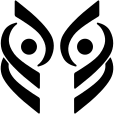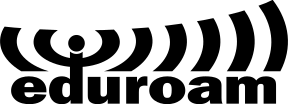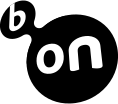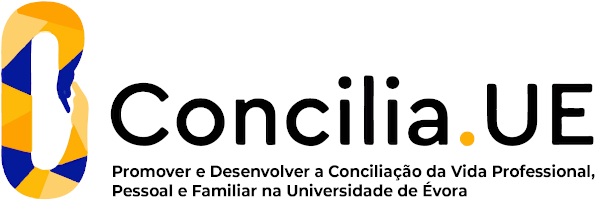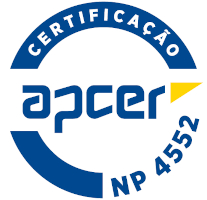2024
Dynamic Psychotherapy with Children and Adolescents
Name: Dynamic Psychotherapy with Children and Adolescents
Code: PSI11133M
6 ECTS
Duration: 15 weeks/156 hours
Scientific Area:
Psychology
Teaching languages: Portuguese
Languages of tutoring support: Portuguese, English
Regime de Frequência: Presencial
Sustainable Development Goals
Learning Goals
1. Identify the basic procedures in children psychotherapy, from a psychodynamic point of view
2. To receive a request for intervention with children in a clinical perspective.
3. Establish and develop a therapeutic relationship with the child
4. Develop work with parents of children in psychotherapy
5. Know and identify the various phases of the psychotherapeutic work
6. Being able to develop a case of child psychotherapy under supervision.
2. To receive a request for intervention with children in a clinical perspective.
3. Establish and develop a therapeutic relationship with the child
4. Develop work with parents of children in psychotherapy
5. Know and identify the various phases of the psychotherapeutic work
6. Being able to develop a case of child psychotherapy under supervision.
Contents
1. Basic Principles of Psychoanalytic Psychotherapy for Children
2. The models of attendance in psychotherapy of children
3. Work with the parents
3.1. Attendance
3.2. Interview with parents and medical history
3.3. Working with parents
4. Therapeutic setting in Child Psychotherapy
4.1. Relationship between space and therapeutic relationship
4.2. Characteristics of the space and environment
4.3. Materials used in therapeutic work with children
5. Assessment and Diagnosis in Child Psychotherapy
5.1. Clinical interview with the child
5.2. Use of tests and instruments
6. The initial phases of the therapeutic process and the establishment of the therapeutic relationship
6.1. Goals of therapy
6.2. Therapeutic contract
6.3. Therapeutic relathionship
7. Therapist Variables
7.1. Transference and countertransference in the therapist's work
8. Psychotherapeutic work in different Psychopathologies and contexts
2. The models of attendance in psychotherapy of children
3. Work with the parents
3.1. Attendance
3.2. Interview with parents and medical history
3.3. Working with parents
4. Therapeutic setting in Child Psychotherapy
4.1. Relationship between space and therapeutic relationship
4.2. Characteristics of the space and environment
4.3. Materials used in therapeutic work with children
5. Assessment and Diagnosis in Child Psychotherapy
5.1. Clinical interview with the child
5.2. Use of tests and instruments
6. The initial phases of the therapeutic process and the establishment of the therapeutic relationship
6.1. Goals of therapy
6.2. Therapeutic contract
6.3. Therapeutic relathionship
7. Therapist Variables
7.1. Transference and countertransference in the therapist's work
8. Psychotherapeutic work in different Psychopathologies and contexts
Teaching Methods
There is a complete coordination between the more theoretical and more practical components and classes. In the classes will be presented and discussed the fundamental concepts based in recent research. Various activities will be done for the application of theoretical concepts, through simulated practice, role-playing and case studies. It will also set a weekly office hour for students.
Assessment
The evaluation of the students will have two alternatives:
a) Continuous evaluation will be done through practical work in classes (20%) and other papers done individually (50% and a written test (30%); Final evaluation will include a written test (60%) and a practical test centered on the analysis of a case (40%).
a) Continuous evaluation will be done through practical work in classes (20%) and other papers done individually (50% and a written test (30%); Final evaluation will include a written test (60%) and a practical test centered on the analysis of a case (40%).
Teaching Staff
- Vítor Daniel Ferreira Franco [responsible]








